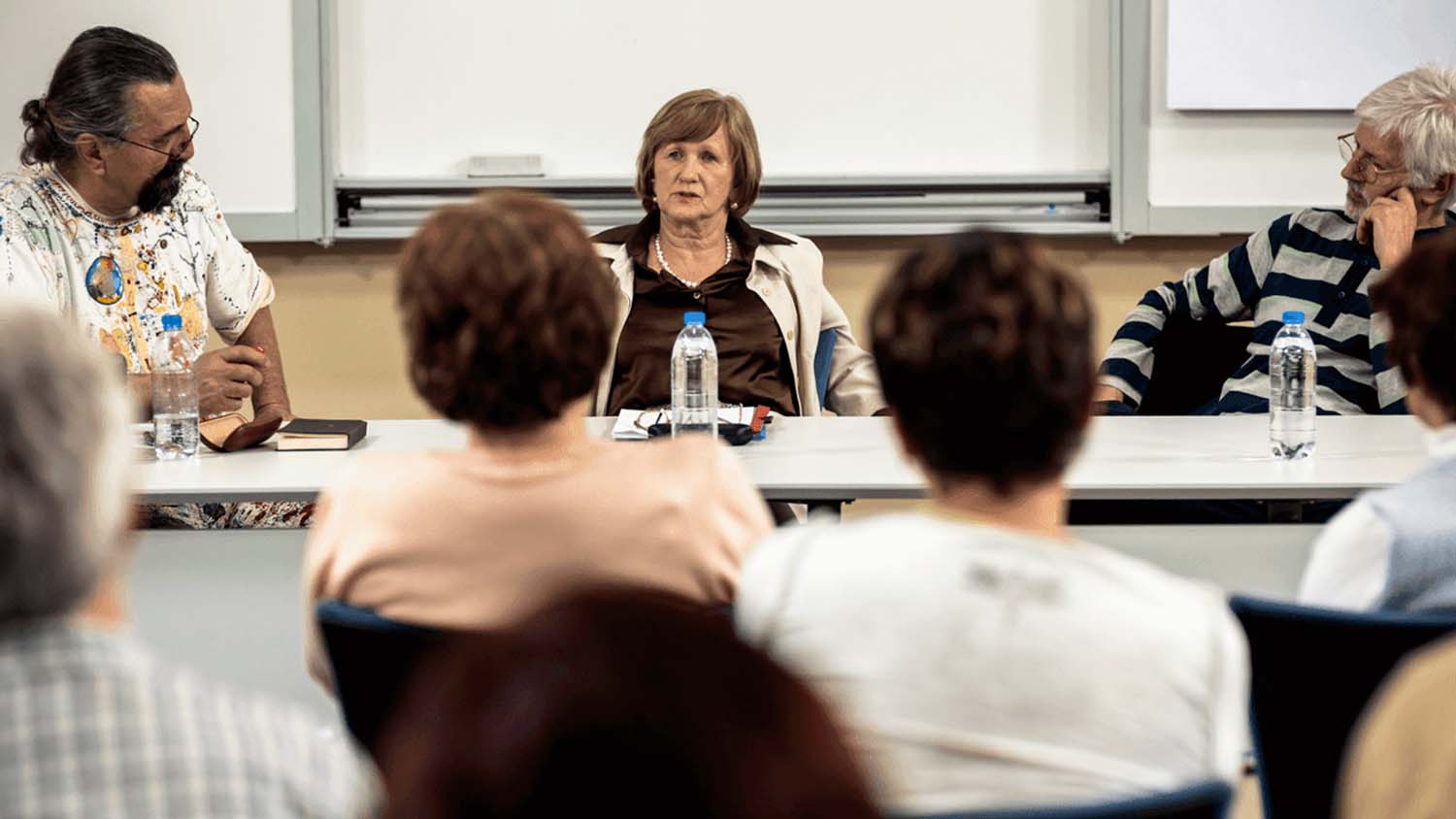Every person, from K-12 students to the teachers who lead their classrooms, has good days and bad days. Learning to express these emotions, whether they be anxiety and frustration or excitement, is key to social-emotional learning, says Assistant Professor of Technology, Engineering, and Design Education Daniel Kelly.
Research shows students who have strong social-emotional competencies have improved academic and behavioral outcomes, stronger attendance and better mental health, Kelly said. But, he adds, social-emotional learning can look different for each student, particularly for K-12 students who are still growing and developing.
“These kids are still developing these competencies. What some might call a ‘low level of social-emotional competence,’ I would call normal behavior for a student who is still cognitively and behaviorally developing,” said Kelly, who is actively engaged in an NSF CAREER grant-funded project to blend robotics and social-emotional learning for students in the juvenile justice system.
Social-emotional Learning in the Day-to-Day Classroom
Helping K-12 students understand how to express themselves in the classroom isn’t just about correcting perceived negative behaviors, Kelly said. While it’s important for teachers to intervene in some way when a student is having, for example, an angry outburst, it is equally important for a teacher to intervene when an excited student is bouncing up and down and shouting out answers.
Additionally, he said, students learn best when they are given a space to feel their emotions, receive empathy from their teacher, and then receive help dealing with regulating that emotion through instruction.
Kelly suggests the following tips for social-emotional learning in the classroom:
- Be mindful of your own behavior
Helping students understand the appropriate way to express their emotions during school time begins with teachers as models. For example, teachers who consistently raise their voice when frustrated are modeling for students that this behavior is an acceptable way to deal with that emotion.
“We know that children mimic what they see, especially negative behaviors. So, as the teacher in the room, we have to be the ones who are modeling what we want them to see. And it can’t be a ‘Do as I say, not as I do’ kind of environment,” he said.
- Start small and stay shallow
When talking about social-emotional learning, either implicitly or explicitly, Kelly said it’s important to avoid deep discussions about specific emotions or events happening in students’ lives. It’s OK, he said, to ask students, generally, how they feel or even to share a time they felt a certain emotion, but remember that the classroom is not a therapeutic setting.
“In the spaces I work in — foster care or juvenile justice — or even just in a typical classroom, you deal with abuse, neglect, traumatic events of parents or relatives dying or even a pet dying that can bring up feelings,” Kelly said. “You want to be very careful of that, because that can be retraumatizing to the student, and you’re not in an environment where you’re prepared to stop everything and address an emotional crisis in that student.”
- Be honest about your own emotions
If teachers are asking students to feel and talk about their emotions in the classroom, they can’t be afraid or unwilling to discuss their own feelings at the same time, Kelly said.
“Be honest with students and say, ‘This is how I’m feeling’ and ‘This is how I reacted,’ especially if we’re reacting in a way that is not the best way to handle a situation,” Kelly said. “Teachers are all human, and they can hit a frustration point where they might, for example, raise their voice or say something they didn’t want to say. Be honest with that and say, ‘I made a mistake.’”
- Focus on empathy
If teachers want students to accept and forgive when they, as the adults in the classroom, have made a mistake, educators must also extend that same grace to students, Kelly said. Modeling empathy, he said, will also help students realize that it is important to understand how those around you are feeling and what they are going through, and how that might be informing their reactions.
“The core of all of what we’re talking about is empathy,” Kelly said. “We should be teaching that empathy throughout [all we do], and we should be empathizing with the students, and they should be empathizing with us and being explicit about that.”
Blending Social-emotional Learning with STEM
Avenues for discussing social-emotional learning in the classroom, Kelly said, are easier in some subjects than others. In English language arts, for example, events or emotions in a story can serve as an easy segue to talking about emotions with students. In STEM, the path might seem a bit more difficult.
Using the fundamentals of technology and engineering, however, can be an excellent way to blend social-emotional learning with STEM-focused lessons.
“In technology and engineering, we are frustrating students on a regular basis because we have lessons that are designed, at some point, to fail,” he said. “We have a higher tendency than a lot of other subjects to celebrate that failure. You’re not celebrating a failed physics or chemistry experiment. Whereas our lessons, that’s what we want; in engineering, we care about why stuff breaks.”
In building a bridge that ultimately collapses under a certain amount of weight, for example, the students in an engineering classroom would need to define the problem of what went wrong and then develop solutions to make sure the build is more effective next time. This framework, Kelly said, is the same one that can be used to define an emotional issue and address the reactions and behaviors that accompany that emotion going forward.
“Emotional problem solving is no different than problem solving a technological or engineering challenge,” he said. “There can only be one student who builds a bridge that holds the most amount of weight or builds the tallest tower or whatever the challenge is, and that’s a frustration point. This is a good opportunity to bring that in and talk about, ‘How did you feel when you didn’t succeed?’ And, ‘What can we do differently going forward?’ and use the classroom teaching as an analog for social-emotional learning.”
- Categories:



